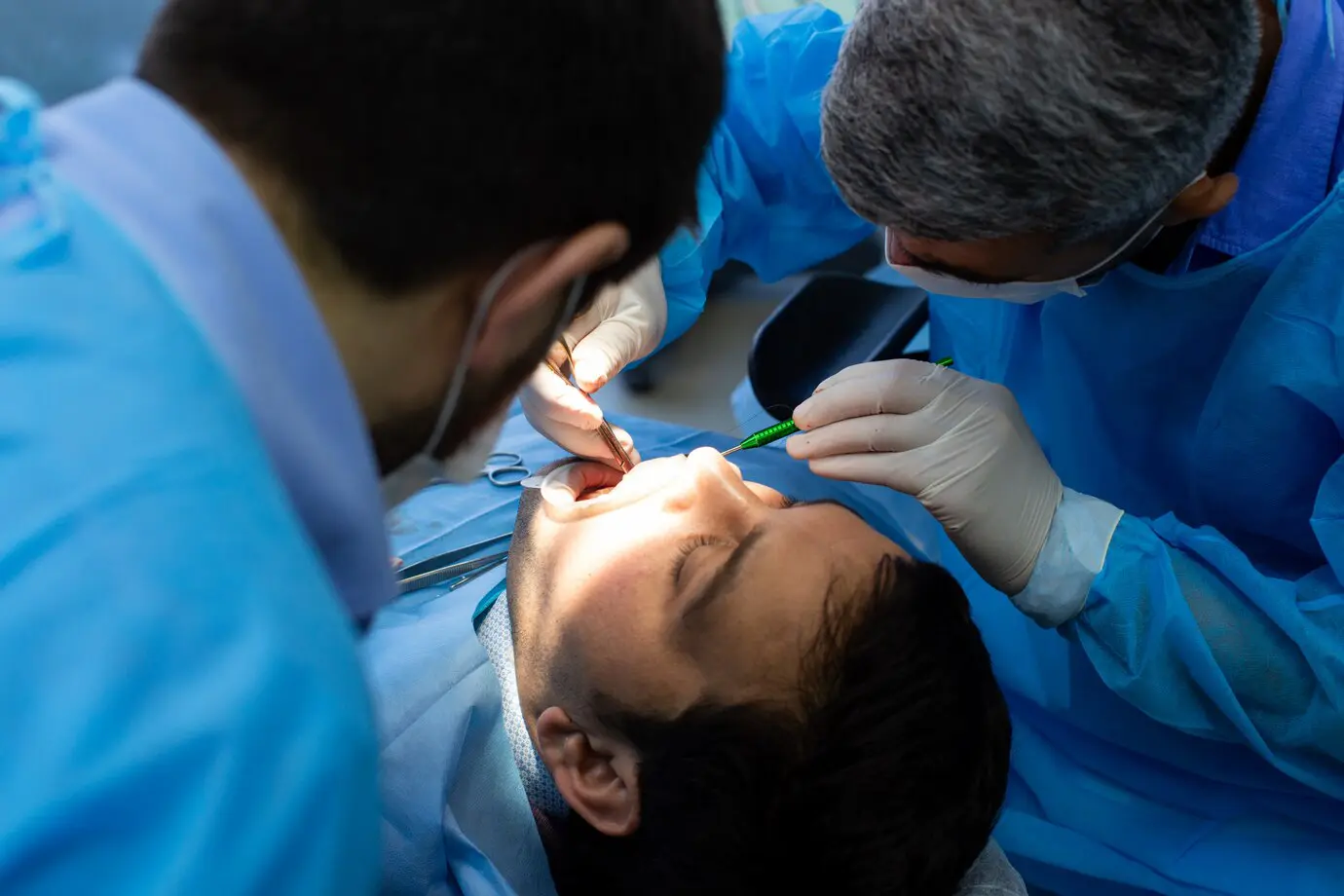
What Causes Tongue Thrust
Tongue thrust can be caused by both genetic and environmental factors.
Habits formed in early childhood frequently play a big role in development. Important contributing factors include:

Types of Tongue Thrust
Different types of tongue thrust uniquely influence oral health and dental placement. The most common type involves a forward tongue position, which can create gaps between teeth and misaligned bites. Side-pressing patterns may also occur, leading to misaligned bites or uneven tooth wear. Each type requires a personalized treatment strategy for correction.
Symptoms and Diagnosis
A professional evaluation is necessary to accurately diagnose tongue thrust. Common signs include noticeable gaps between teeth, improper bite alignment, and unique swallowing habits. During assessments, specialists observe tongue placement at rest, during speech, and while swallowing to evaluate the condition and its severity.


Tongue Thrust in Children
Early diagnosis and treatment are essential for children showing tongue thrust symptoms. Evaluations by age 7 are key to preventing more significant developmental concerns later on. If left untreated, tongue thrust can significantly impact oral development and may require more extensive procedures as the child grows.
Treatment Options for Tongue Thrust
Treatment focuses on retraining tongue function and positioning using specific therapeutic methods. Dental professional plans may include behavior strategies and tailored exercises that address individual needs. Success relies on early detection and consistent practice of prescribed techniques.

Myofunctional Therapy for Tongue Thrust



